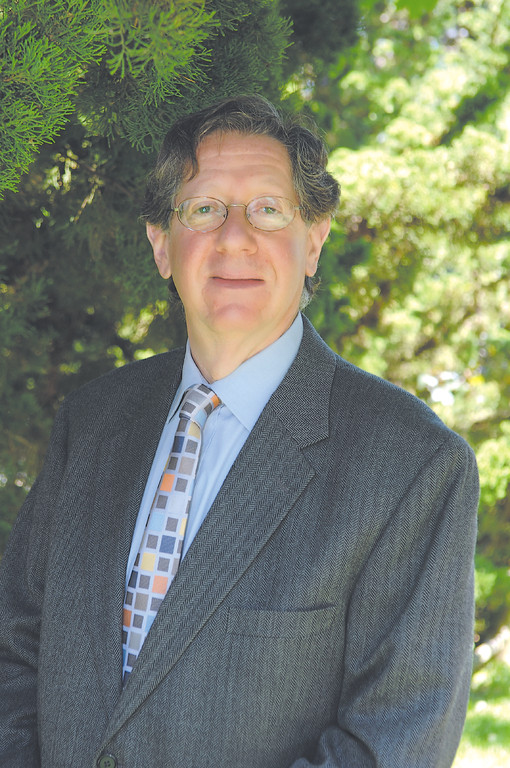Salute to our veterans: Halachic take on their safety
With the annual observance of Veterans Day this coming Monday, my column this week will be devoted to a review of a very special essay that appeared in a very special high quality halacha journal, Hakirah, entitled, “Jewish GIs and Their Dog-Tags” by Rabbi Akiva Males of Harrisburg, Pennsylvania.
The focus of my presentment will deal with a brief review of the history of the dog tag and of the danger this item represented for our Jewish GIs during World War Two.
According to Rabbi Males, dog tags came into use among our soldiers after 1906 providing, among other things, the name, serial number, blood type, and a single letter code denoting the serviceman’s religious affiliation, in the Jews’ case, the letter “H.”
During World War Two, a problem, previously never encountered by our GIs, arose and is detailed by Rabbi Miles as follows:
“During World War Two, approximately 550,000 self-identified Jews served in the U.S. Armed Forces. As per U.S. military regulations, each of those Jewish soldiers / sailors / airmen would have been issued dog-tags with the letter ‘H’ stamped on them.
While being identified as Jews may not have been a concern for those fighting the Japanese in the Pacific Theater, that one simple letter could have meant the difference between life and death for Jewish GIs serving in the European Theater. After all, the Nazis were on a maniacal campaign to murder all Jews. As such, Jewish American soldiers had good reason to fear being taken prisoner by Nazi forces.”
Our boys according to the author were left with four options:
1. Have no letter of religious ID stamped on their dog-tags;
2. Make the “H” stamped on their dog-tags illegible;
3. Discard their dog-tags completely prior to being taken captive;
4. Have a letter signifying a different religious preference stamped on their dog tags.
The author continues to detail the various legal, practical as well as halachic options that were considered in the application of the above. Among the halachic citations and authorities cited by the author were, Shulchan Aruch / Yoreh De’ah 157:2, the Rema, and related commentaries, and Rabbi Ephraim Oshry’s classic She’eilot u Teshuvot mi-Ma’amakim and its English version “Responsa from the Holocaust.”
Of particular interest is the author’s treatment of this unique question answered by Rabbi Oshry: “May a Jewish Man Write the letters R.C. [Roman Catholic] In His Passport?” The answer to this query takes up the bulk of this essay with added explanation, analysis and interpretation by Rabbi Males.
In addition, an interesting citation is included citing the classic, “Hidden in Thunder” [Mossad HaRav Kook, 2007] by Dr. Esther Farbstein who goes into great detail in explaining why some Holocaust era rabbis allowed Jews to falsely claim to be Christians to save their lives.
This little known chapter of Holocaust and American Jewish History should serve to better inform all of us, Americans of all faiths, of the fragility of human freedom and of the preciousness of the value of constitutionally based governance that we all take so for granted.
I would like to conclude this essay with a hearty thank you to the Hakirah journal for the public service that they performed in presenting to us this scholarship and to its editor, Heshy Zelcer, himself a resident of the FiveTowns and a congregant at the Young Israel of Lawrence-Cedarhurst.
And, finally, in the spirit of Veterans’ Day, may I personally recognize the service rendered by Heshy’s son Mark, who served with the U.S. Armed Forces in Iraq in 2009-2010.To him, and to all the millions of other heroic veterans, we salute them for keeping vigil on behalf of our freedom at great personal peril.
Alan Gerber is a resident of the Five Towns.

 47.0°,
Overcast
47.0°,
Overcast 







